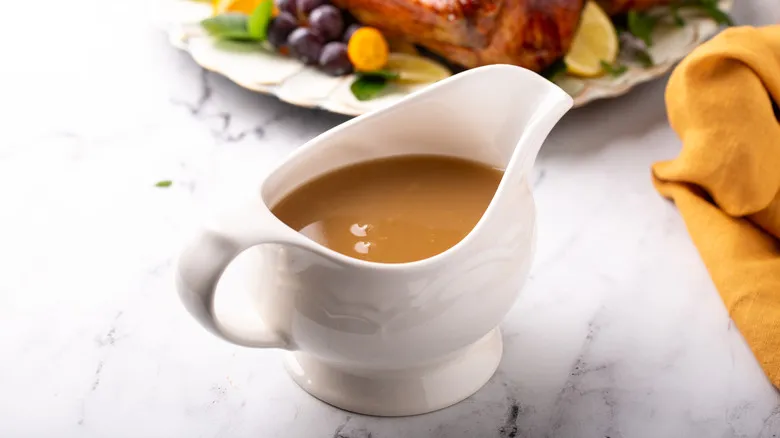Stop gravy from separating
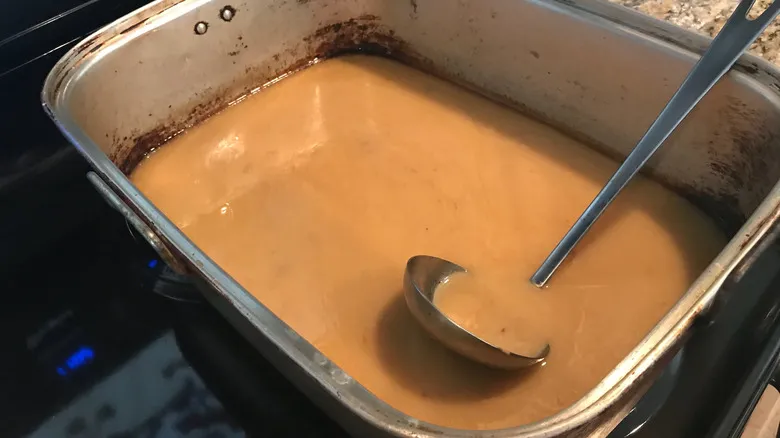
Peter Som's recommendation to dilute thick gravy with broth is effective due to the way gravy is prepared: it starts with meat stock or broth, which is thickened using flour and butter (along with seasoning) until it transforms from a "liquid" to a "sauce." Flour is often the main reason for gravy becoming too thick or lumpy, while fats like butter can lead to separation. In both situations, the solution is to adjust the ingredients by incorporating more stock or broth and whisking it together, ideally with a tool like OXO's Good Grips balloon whisk, to restore the emulsion. Although stock and broth have slight differences, either can serve as a solid base for gravy.
Avoid reheating gravy if it appears excessively slimy or has developed a sour odor, as these are indicators of spoilage, along with more obvious signs like mold or significant color changes. Additionally, be mindful of how long you've stored the gravy and its shelf life (it can be kept in the freezer for up to six months), since the smell test may not detect harmful bacteria. If the gravy has been stored correctly and is only slightly separated, it should still be safe to use, and you can start whisking it back to its ideal consistency.
Recommended
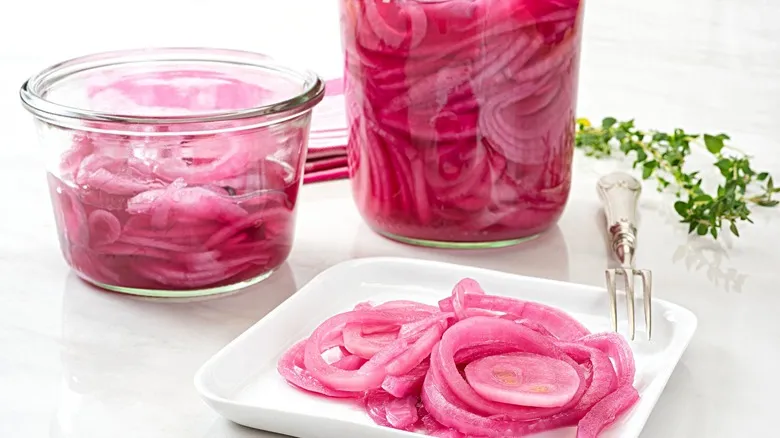
Take One Extra Step To Make Quick Pickled Red Onions In A Flash
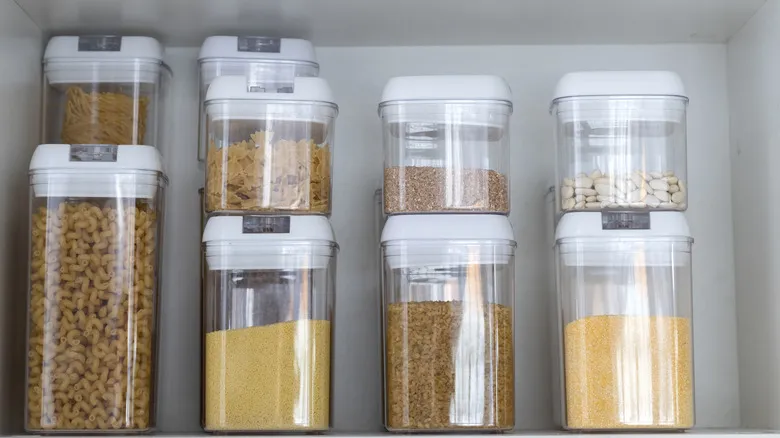
One Of The Worst Mistakes You're Making With Kitchen Pantry Space
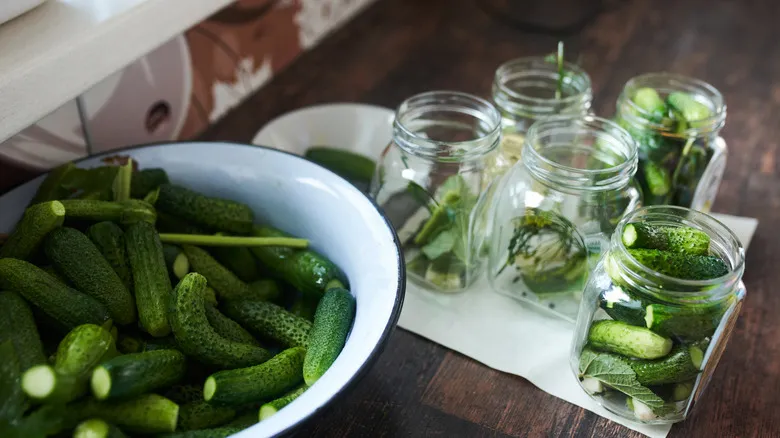
Why Removing The Blossom Ends Of Your Cucumbers Before Pickling Is A Must

Can You Still Cook With Slimy Spinach?
Next up

